
Ultimate Guide to River Rafting in Iceland

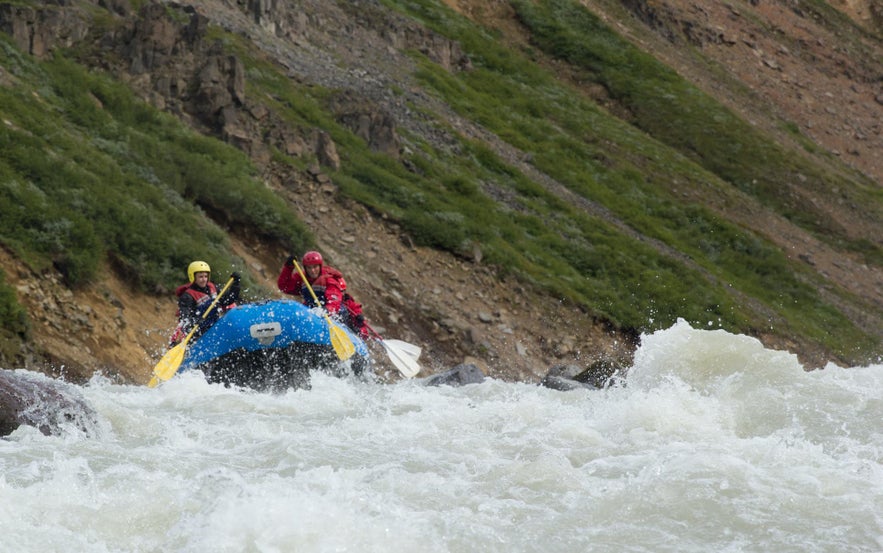
Why not spend your holiday row, row, rowing your boat down Iceland’s most exciting whitewater with an adrenaline-fuelled river rafting excursion? Read on to find out all there is to know about navigating and conquering Iceland’s beautiful glacial rivers.
Photo from Thrilling 3 Day Whitewater Rafting Expedition on Iceland's Best Glacier River
- Learn more about Rivers in Iceland
- Learn about the Top Activities in Iceland for Adrenaline Junkies
Be like a river. Be open. Flow.
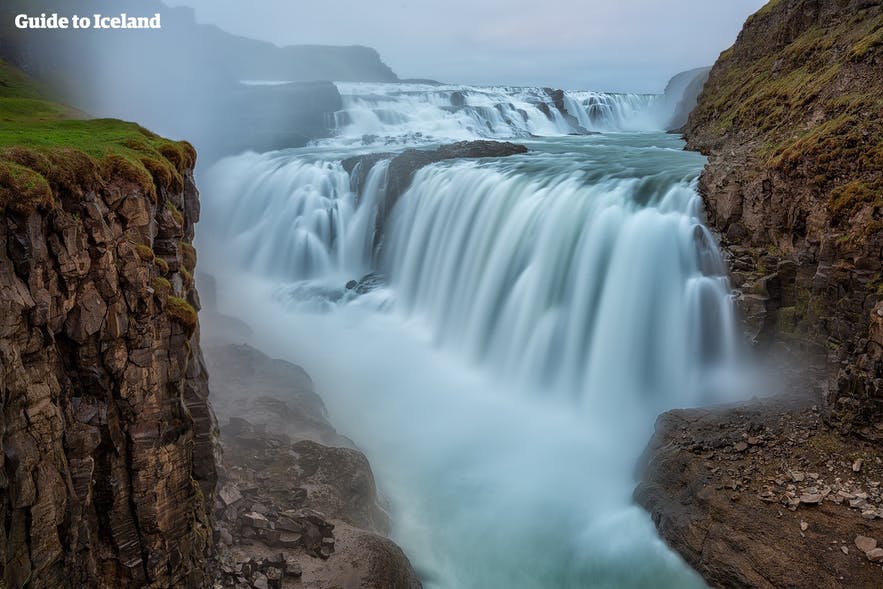
River rafting is a fantastic activity for the whole family, a chance to see Iceland's beautiful countryside whilst cascading down one of it's mighty rivers!
White water rafting in Iceland lack the drama, danger and prerequisites of the more famous international sites; Chile’s terrifying Futaleufú River, for instance, or the raging Sun Kosi River in Nepal. In fact, Iceland's reputation as a river rafting nation is only just burgeoning; there are no recognised rafting standards, nor quality-control measures in place as to how tour operators hire guide and conduct their trips. This is due to the surge in tourism to Iceland catching regulators off-guard.
Still, Iceland's rivers demand respect and expertise, though only the safest of spots are ever chosen for river rafting trips. That’s not to say that Iceland’s river rafting lacks for adrenaline; you will almost certainly be pulled down vengeful torrents, the boat rocking and twisting hysterically in the turbulent waves.
It is fortuitous, however, that these crescendos are dispersed between long stretches of calm, leaving you to sit back for a moment and appreciate the incredible scenery; the deep, volcanic valleys and surrounding mountainscapes.
Because the majority of the rivers in Iceland originate from glaciers, one could argue that whitewater rafting here is the final step in fully exploring these great natural wonders.
Actually witnessing all sides of the glacier—its frozen ice sheets and glacial run offs —is an incredible and unique experience in itself, and provides a deeper insight into their ever-changing nature. Just remember, when you're looking at Hvítá River, you're really looking at Langjökull glacier!
River rafting in Iceland is also a highly popular activity amongst the local population. School graduates finishing their year will often take to the water as a means of collectively celebrating their graduation, or "grunnskóli". So too will corporations and businesses looking to provide both a team-building exercise and a welcome escape from the 9-5.
In that light, if you do decide to go river rafting here, you're in good and authentic company.
A Brief Overview of River Rafting
People have taken to river rafting since as early as 1811 when a group of early thrill-seekers and explorers set about navigating the Snake River in Wyoming. Unfortunately, they lacked sufficient training, experience and equipment, meaning the first attempt at river rafting was a resounding failure. The first successful run of the river would happen over a century later in 1940.
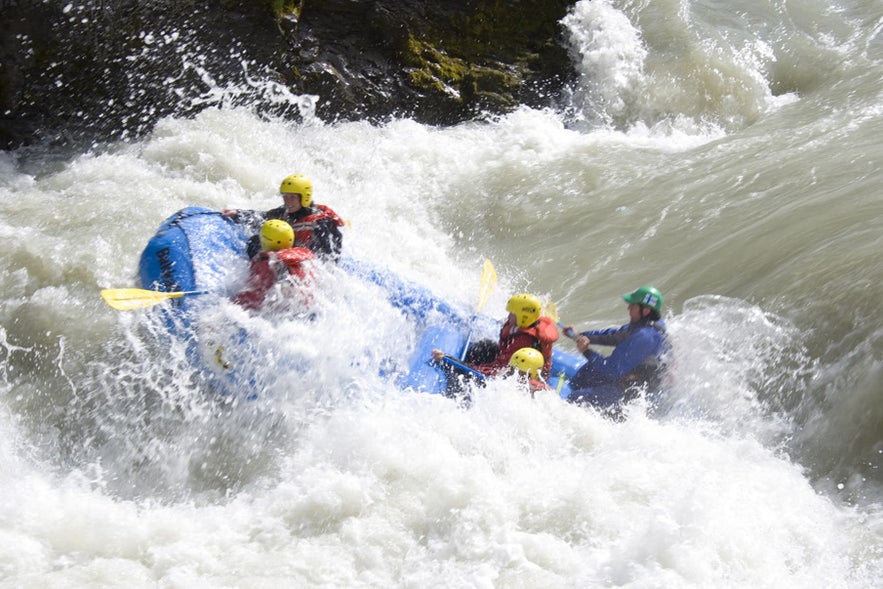 Photo from Extreme 5 Hour Rafting Tour on the East Glacial River with Transfer from Varmahlid
Photo from Extreme 5 Hour Rafting Tour on the East Glacial River with Transfer from Varmahlid
In the 1840s, the first inflatable rubber raft was manufactured by Union officer and one-day Presidential candidate Lt. John Fremont, a man committed to surveying the Great Plains and the Rocky Mountains.
Alongside factory owner and designer Horace Day, a new and successful method for navigating rough water had been achieved, and Fremont's dream of pushing further into western North America was a step closer. This design would later be improved by British boat designer, Peter Halkett.
And yet, river rafting did not take off as a recreational activity until the 1950s. The man responsible for its sudden success, albeit removed, is something of a surprise.
 Photo from Extreme 5 Hour Rafting Tour on the East Glacial River with Transfer from Varmahlid
Photo from Extreme 5 Hour Rafting Tour on the East Glacial River with Transfer from Varmahlid
John D. Rockefeller, a member of the prominent US financial dynasty, built a modern resort in Grand Teton National Park. This resort would eventually begin offering 'float trips' on 27ft long rafts.
Despite people's initial reluctance to engage in the sport (only 500 people went on a 'float trip' that first year) demand quickly increased. In the next decades, organizations and companies began to form around river rafting, eventually leading to its inclusion in the 1972 Olympic Games in Munich.
Rafting Lingo
White water rafting is when the rapids create a ‘white’ frothing effect on the river; an example of when the rapids’ turbulence entrains the air into the water body itself.
The rapids themselves are caused when the riverbed steepens in gradient, creating an increased acceleration in the water. This is why river rafting often includes steep drops, dramatic twists and turns and layered waterfalls.
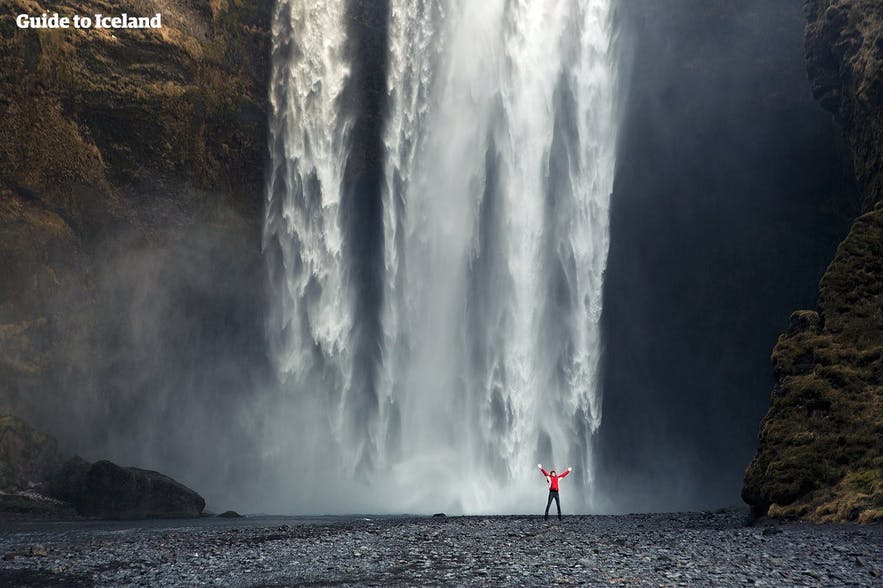
Rafting requires a number of techniques, the names of which are not overly necessary for newcomers to the sport but, just in case your guide starts using lingo foreign to you, it might be best to run over a handful of terms.
Take Punching, an example of using the raft’s momentum to paddle up enough speed to continue along the river’s flow; high siding and low siding refer to the rafter’s position on the boat, and thus, their influence over its manoeuvrability.
A dump truck describes a raft that has capsized its riders, but still stayed afloat upright, whilst dark siding is when a rafter manages to climb over the lip of a capsizing vessel and safely climb aboard the boat’s underside (in "swim beer" rules— look it up—whoever witnesses this owes the dark rider a refreshing beer after the session.)
- See also: Skiing and Snowboarding in Iceland
If someone riding an adjacent boat shouts across to you, "Nice looking rubber," they're not being salacious, just complimenting your raft. If the guide yells "Wild Thing", they're ordering the rafters to bounce and jump around in hope that they'll dislodge their boat from the shallows.
If you hear the words "Threesome Raft", that's not an erotic invite—oh no, but three rafts joined together. You get the idea, but if you want to come off as a true expert, you can see a more dedicated rafting dictionary here.
Safety on the River
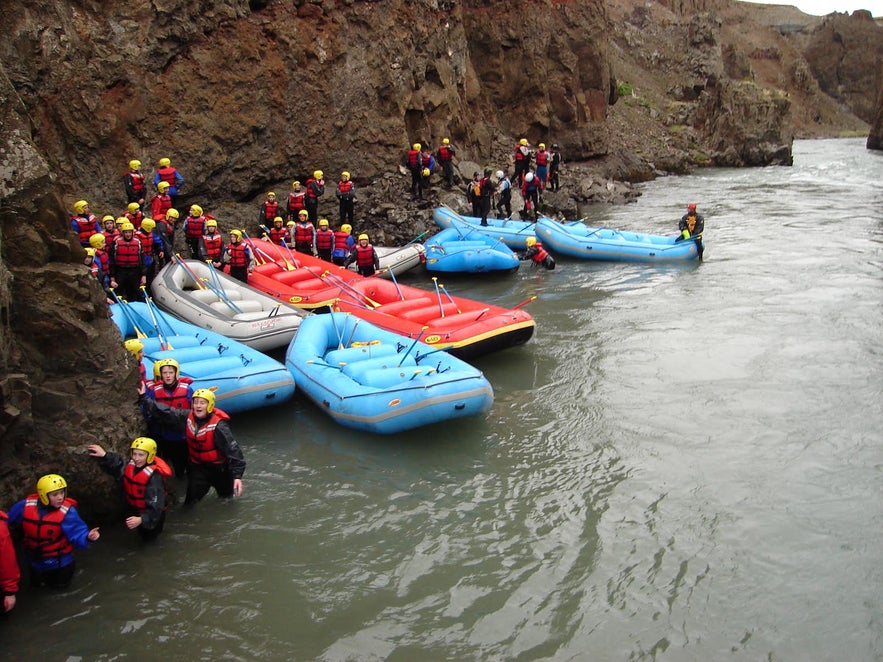 Photo from River Rafting Tour in North-Iceland | West Glacial River
Photo from River Rafting Tour in North-Iceland | West Glacial River
The International Scale of River Difficulty categorises different types of rivers in regards to the experience, skill and prowess required of the boatman. Below are the different categories:
- Class 1: An area with little to no rough water, which requires no skill level.
- Class 2: A moderate level of rough water, with rocks, drops and necessary manoeuvring. Skills in basic paddling will be required.
- Class 3: Drops of up to 5ft, with medium-high waves. One should be experienced paddling to take on these waters.
- Class 4: Whitewater, with turbulent currents, high drops and many rocks, requiring a high level of manoeuvring and navigation from the boat. This category requires lots of experience with rapids.
- Class 5: This category includes constant rapids, high and choppy waves, many large drops and rocks, and points where it is necessary to make precise manoeuvres in order to avoid injury or even death. An expert level is needed to undertake rafting of this calibre.
- Class 6: Though controversial as a category, Class 6 indicates the rapids are impassable. If the rapids are proven to be conquerable, they are re-categorised as Class 5.
​

Luckily, there are no Class 5 rivers in Iceland (lucky, of course, unless you happen to be an expert rafter). The East Glacial River, however, Jökulsá Austari, is categorised as Class 4 river, still providing high stakes and plenty of adventure.
For those of you concerned about safety or a lack of personal experience; fear not! River rafting guides across Iceland are all highly qualified and experienced, working in unison with one another to ensure a safe and enjoyable trip.
Before you even touch a paddle, you will be given a detailed safety and practise briefing regarding how to manoeuvre the craft, work as a team and, collectively, keep out of harm’s way.
Your guides will be eager to teach you about the river’s makeup and formation, detailing how, over the centuries, the glacial water travelled from their frozen origins, carving through the volcanic landscape to create stunning canyons, interesting rock formations and a lifetime of memories.
They will also provide you with all of the necessary equipment to keep you warm and safe in the water. All you’ll need to bring is some warm layers of clothing, a thick pair of woollen socks and an unquenchable thirst for outdoor adventure.
Naturally, there can be no saving any of you from getting wet (or, potentially drenched.) If you take to the East Glacial River, it is guaranteed that you will be dunked at some point. If moistness is not your thing, may I recommend Reykjavik’s museums and art galleries instead?
Iceland’s Rivers
Iceland has three rivers where it is possible to go river rafting; the Hvíta´ river in the south, and two rivers up north, Jökulsá Austari (otherwise referred to as the East Glacial River) and the Vestari Jökulsá (West Glacial River) which runs adjacent to it.
All offer their own benefits and challenges, but share the fact that they all originate from glaciers; Hvítá from the mighty glacier Langjökull, and the other two from Hofsjökull glacier.
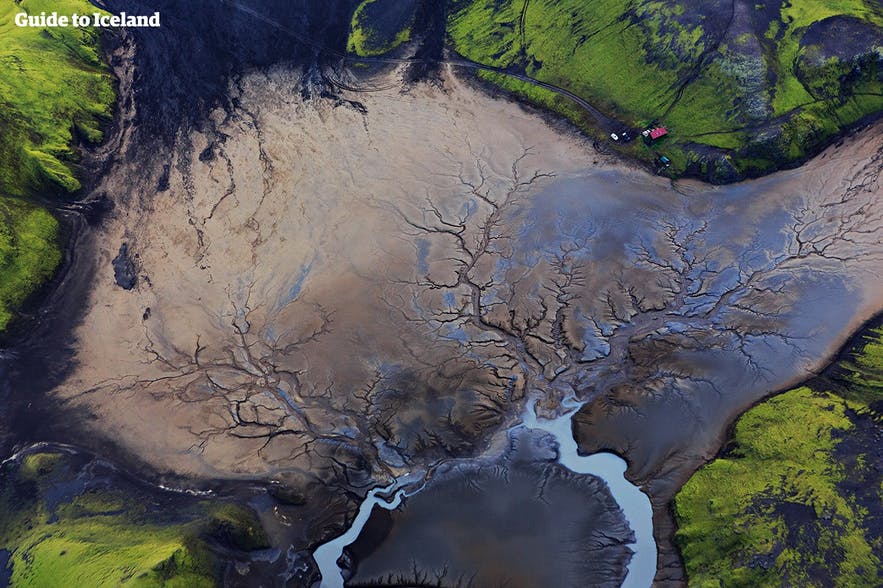
Hvítá (“White River”):
This southern Class 2 river, located close to the Golden Circle, is the only option for river rafting this side of the country; its relatively gentle currents, accessibility to the capital and stunning natural scenery all point to this being both one of the most action packed and family oriented activities in Iceland.
Along your journey, you will have the opportunity to mix up the rafting with your own daredevil stunts; you will jump from cliff faces into the glacial river below (if you’re courageous enough,) and even be deliberately thrown out of the boat by one of your guides (all in good fun, of course.)
You will also travel through the beautiful Brúarhlöð canyon, a relic of the glacial river’s earliest influence on the landscape.
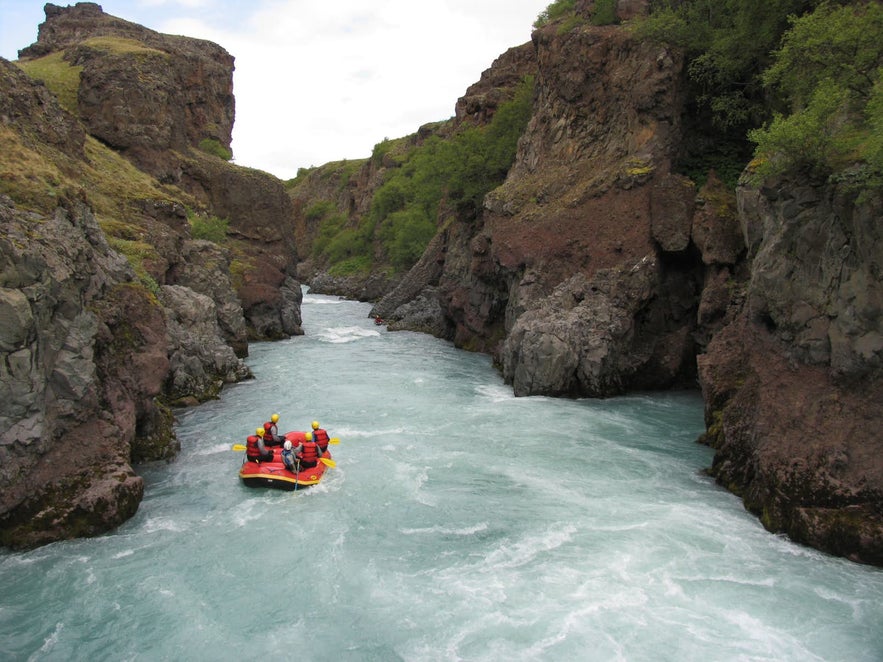 Photo from River Rafting Tour in North-Iceland | West Glacial River
Photo from River Rafting Tour in North-Iceland | West Glacial River
East Glacial River:
For those looking for a challenge, this Class 4 river—often referred to as the "Beast of the East"—will offer you a great number of feats to overcome, including turbulent white water, steep drops and the need for efficient manoeuvrability.
This river requires you to paddle for much of the duration, and if you do happen to fall into the water, the rapids can quickly tire you out.
Because of these reasons, a good level of physical fitness is required, and the minimum age is usually 18 years old. For added safety, extra guides will accompany the main raft in kayaks or canoes.
- See also: Lakes in Iceland
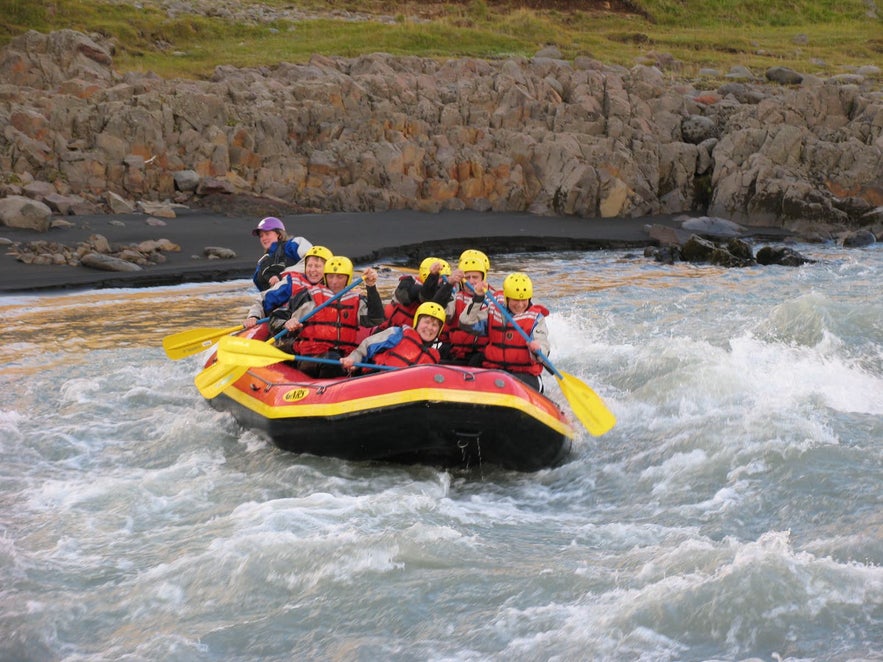 Photo from River Rafting Tour in North-Iceland | West Glacial River
Photo from River Rafting Tour in North-Iceland | West Glacial River
West Glacial River:
This river is classified as Class 2 river, meaning it is the perfect option for novices and experienced professionals alike. As you move along the river’s gentle pace, you will be privy to a wide range of aesthetic attractions.
Steaming hot springs, for instance, line parts of the riverbank, whilst enormous rock gorges raise up from the earth to create magnificent canyons.
There is barely a way to describe the feeling of minuteness that comes over you as your craft follows the river between two towering cliff faces; it is a real and raw example of the power of Iceland’s wilderness, and, perhaps more than anything, our unique part in it.
River Rafting and the Environment
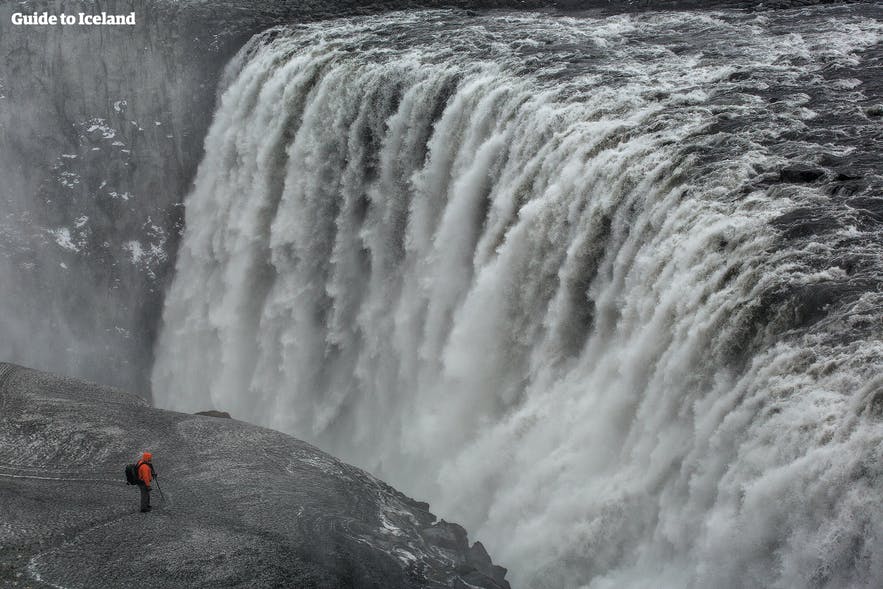
Alongside the likes of hiking, scuba diving, and rock climbing, river rafters must be aware not to permanently inflict any damage to the natural environment. Despite the reality that rivers are almost forever transient in the make-up and ecology, rafting operators abroad have been known to make reckless changes in order to improve the quality of the activity.
- See also: Iceland's Troubled Environment
This has included dredging and blasting the river bed in order to nullify dangerous objects such as upturned trees and large rocks, or alternatively, to artificially create features that lend itself to increasing the turbulence of the white water.
Conservationists have been quick to point out that this has a damaging and sometimes irreversible effect on the ecosystem of the river, whilst proponents argue these changes make little difference to an environment constantly in motion.
In many respects, white water rafting itself acts as a positive force for environmentalists; outdoor activities such as this tend to create a sense of responsibility and belonging amidst guests to Iceland and keeps in their mind the natural and untouched beauty of the landscape.
Guides are particularly important to this line of thinking; through their education and personal passion for the environment in which they work, almost every customer leaving their care should go away with newfound knowledge and a deep reverence for nature.
関連記事

アイスランドで運転しよう:究極のロードトリップ・ガイド
アイスランドの運転事情を徹底解説。アイスランドでは夏は運転が楽で、冬は大変なのはなぜか?アイスランドでドライブ旅行をする場合のレンタカーの借り方や利用条件は?アイスランドは右側通行か左側通行か?道路のコンディション・駐車場の探し方・道路交通のルールは?などなど、アイスランドの運転に関する疑問を全て解決します。 アイスランド最大・最安のレンタカー予約サイトはこちら。 アイスランド最大の魅力の...もっと読むパフィンはどこにいる?アイスランドのマスコットに出会える場所
アイスランドでパフィンを観察できるベストスポットはどこでしょうか。一年中見ることができるのか、どれくらい近づけるのか、特別なツアーはあるのか…などなど、アイスランドの最も愛らしい動物、パフィンについてご紹介します。 パフィンは観光客の人気者。この美しくて小さな鳥は、カラフルなくちばし、まんまるの目とポテポテとしたな歩き方が可愛らしいです。カップルで巣を作り、雛を育て、コロニー内でははっきりし...もっと読む
アイスランドの天気・気候・平均気温:12か月丸わかりガイド
アイスランドの天気に関するギモン・質問に全て答えます!アイスランドの気候はかなり極端。月ごとの平均気温から、アイスランドの季節の特徴、各地域の気候、オーロラの見えやすさまで、アイスランド旅行計画に役立つ情報を集めました。 アイスランドに行きたい!そう思ったら気になるのが、「アイスランド旅行のベストシーズンはいつ?」ということではないでしょうか。でも実はそう聞かれるととっても困るんです。アイスラン...もっと読む

アイスランド最大の旅行アプリをスマートフォンにダウンロード。旅のすべてを1か所で管理できます。
アイスランド最大の旅行マーケットプレイスをポケットに。スマートフォンのカメラでQRコードを読み取り、表示されるリンクをクリックしてください。電話番号またはメールアドレスを入力すれば、SMSやEメールでもダウンロードリンクを受け取ることができます。




















